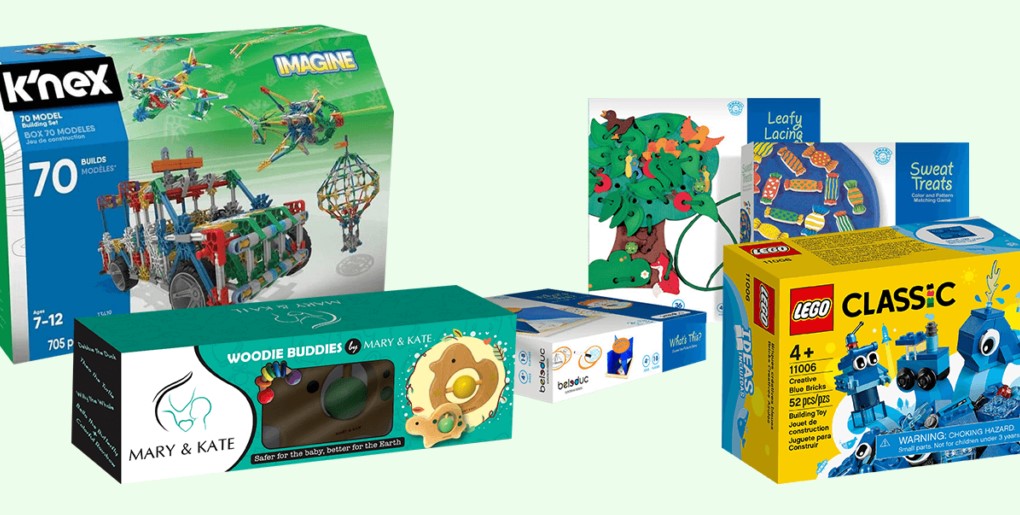Toys aren’t just mere objects for children; they’re gateways to imagination, learning, and exploration. They help children understand life concepts, spark creativity, and express emotions. With such significance, it’s imperative to focus not only on toy quality but also on packaging. CrownPackages, we understand the importance of captivating custom toy boxes packaging to draw customers to your brand.
The Importance of Custom Toy Boxes
Toy packaging serves as the first point of contact between your brand and customers. It sets the tone for brand perception and influences purchasing decisions. For toy manufacturers, creating custom toy boxes is a strategic way to attract customers and stand out in a competitive market.

Designing Captivating Toy Packaging
Children are drawn to vibrant colors, playful graphics, and engaging illustrations. CrownPackages offers a vast array of high-quality printing options to create packaging that pops off the shelf.

Influential and Captivating Designing
Crafting captivating toy packaging begins with influential design choices. By leveraging the latest design trends and printing techniques, you can create custom toy boxes that resonate with both children and parents. Here are some design tips to consider:
Exclusive Appearance
Opt for innovative designs that captivate children’s attention and reassure parents of your product’s quality. Let your creativity shine through in crafting unique custom toy boxes.
Simplicity Is Key
Keep packaging designs user-friendly and easy to understand. A minimalist approach ensures that your brand message is clear and appealing to buyers.
Utilize Bold and Vibrant Colors
Kids are drawn to vivid colors, so incorporate bold hues into your packaging. Experiment with color combinations to create eye-catching custom toy boxes that reflect your brand’s identity.
Print Comic Characters On Toys
Integrate popular comic or superhero characters into your packaging to appeal to children’s interests. Conduct research to ensure your choices resonate with your target audience.
Enhancing the Feel of Toy Packaging
Elevate your customers’ unboxing experience with customizable printing techniques. Options like offset and digital printing, foiling, lamination, and embossing add a touch of sophistication to your custom toy boxes. These enhancements create a memorable impression and boost brand sales.

Using Premium Quality Material
While eye-catching design is essential, it’s equally important to prioritize packaging material quality. Opt for materials like cardboard, bux-board, corrugated, and Kraft paper for durability and sustainability. Parents value safe and eco-friendly packaging, making it crucial to choose materials that prioritize child safety and environmental responsibility.

Choosing the Right Packaging Style
Custom toy boxes come in various styles, each suited to different product types and brand aesthetics. Consider options like hinged boxes with magnetic closures, flip-top lid styles, and window cutouts to showcase your toys effectively. Transparent packaging allows customers to preview products, increasing purchase likelihood.

Perfect Display and Marketing
Design your toy packaging to serve as a marketing tool for your brand. Incorporate branding elements like logos, slogans, and product information to engage customers. An attractive unboxing experience encourages brand advocacy and word-of-mouth promotion, driving sales organically.

Providing Informative Details
Include essential information on your custom toy boxes to educate customers about your products. Details like usage instructions, storage guidelines, age suitability, and safety precautions instill confidence in buyers and foster trust in your brand.

Conclusion
In conclusion, custom toy boxes play a vital role in brand promotion and customer engagement. At CrownPackages, we offer premium custom toy boxes wholesale options designed to elevate your brand presence and drive sales. Choose from our range of customizable packaging solutions and bring your toy packaging ideas to life. Visit CrownPackages to explore our offerings and collaborate with us to create captivating toy packaging for your brand.
